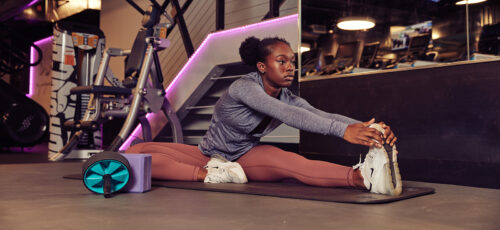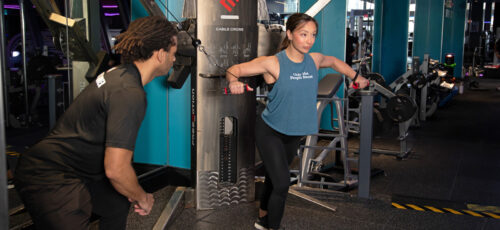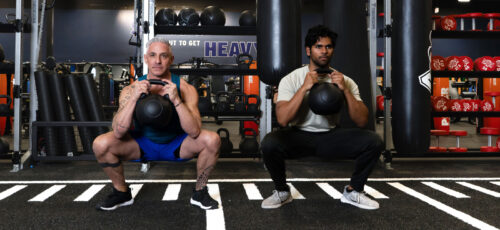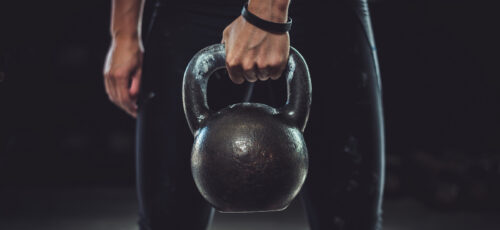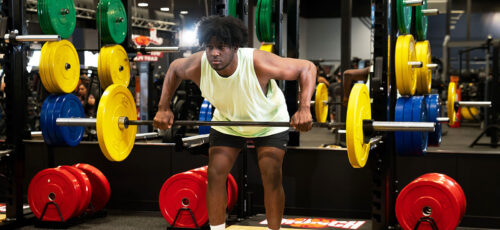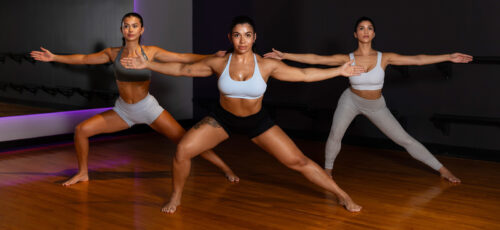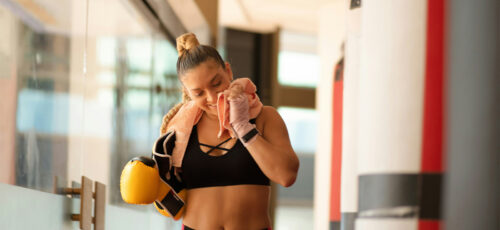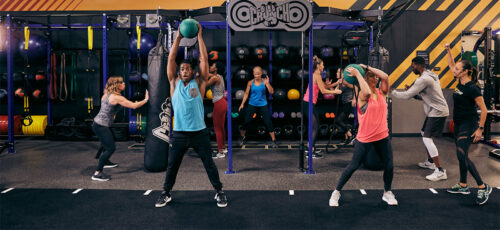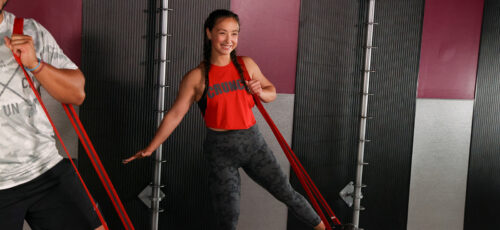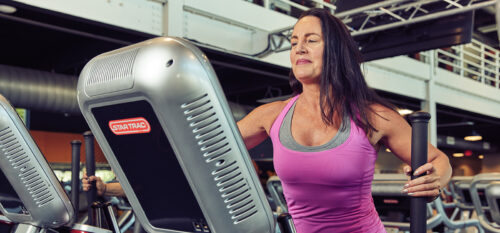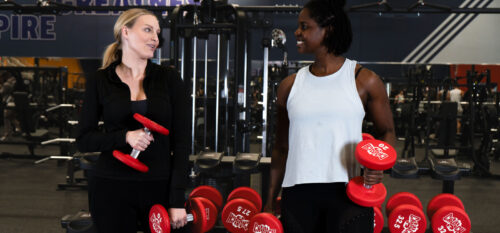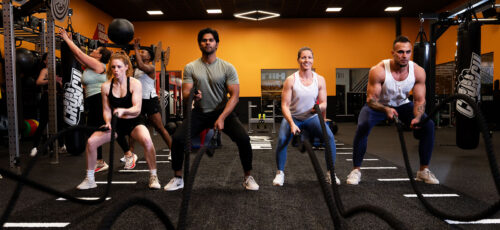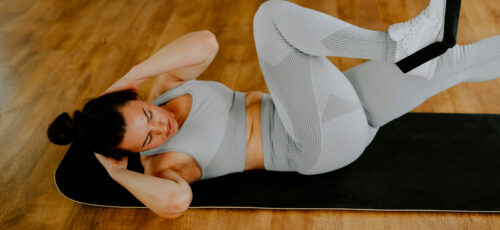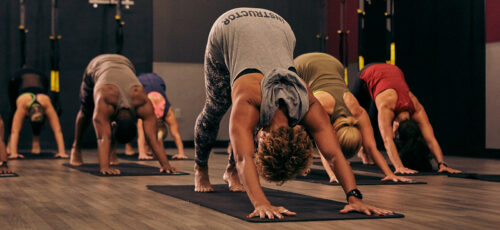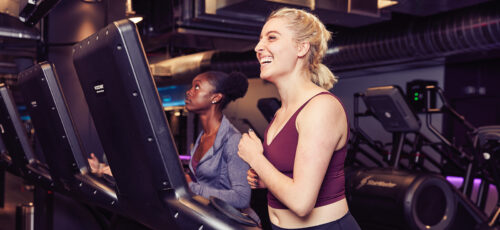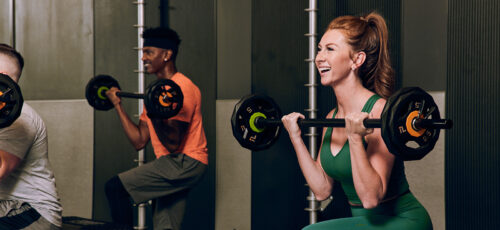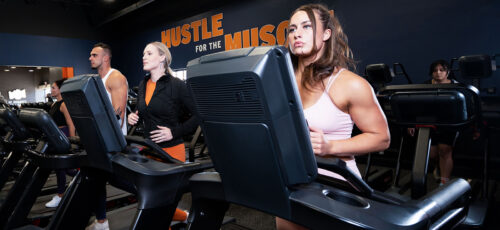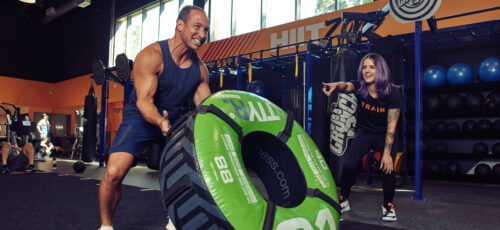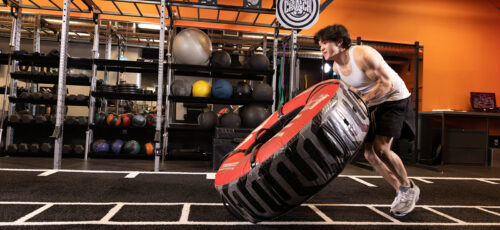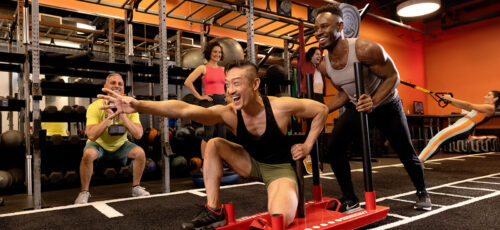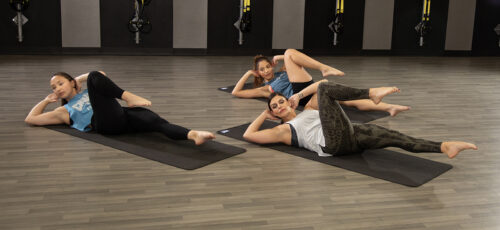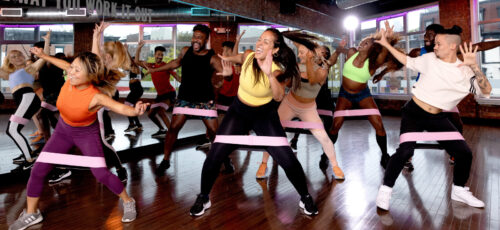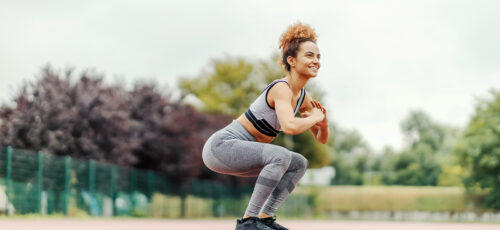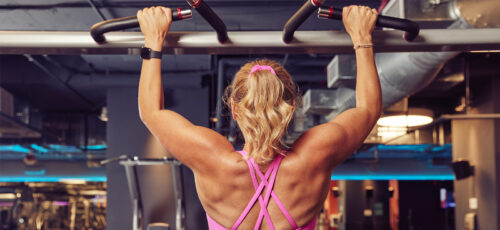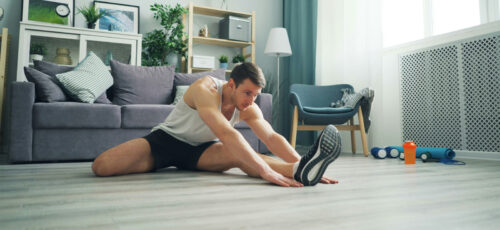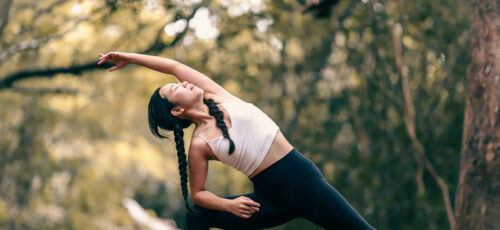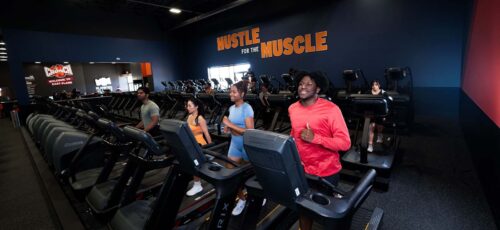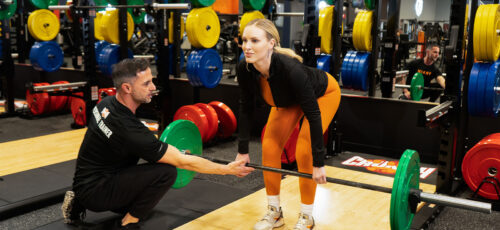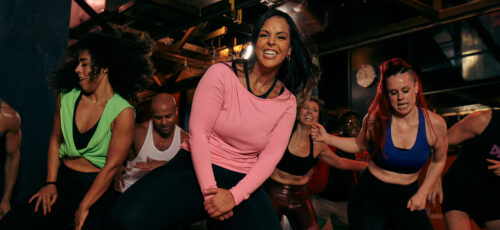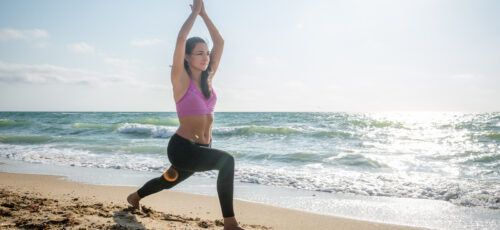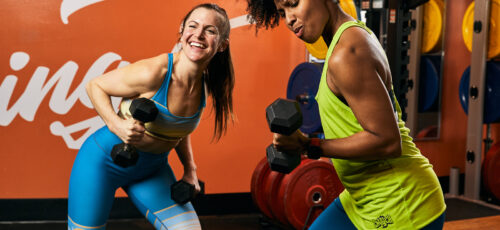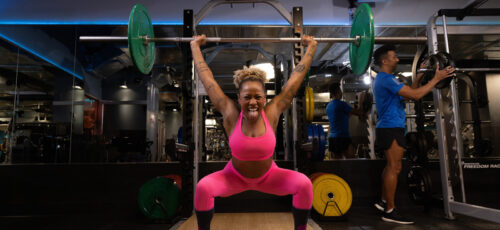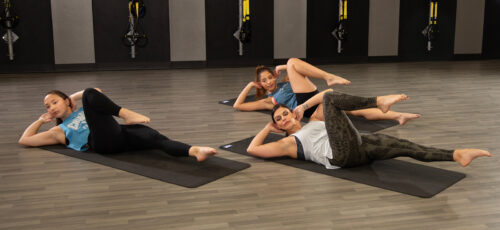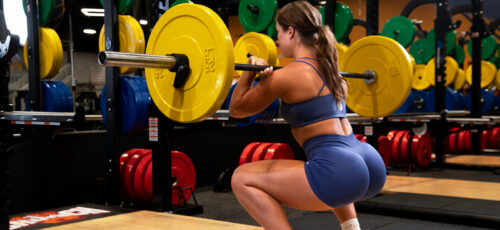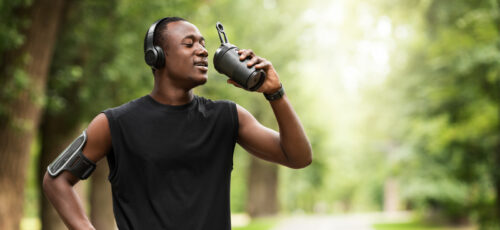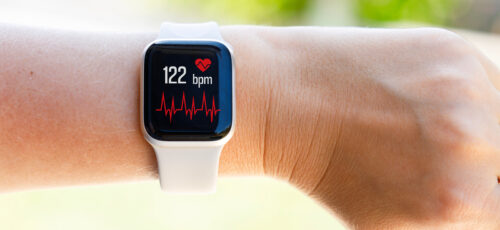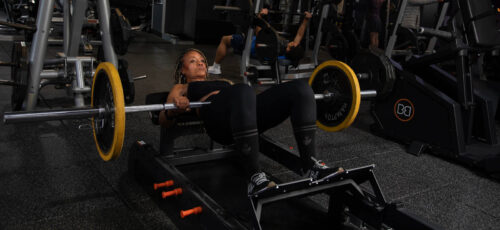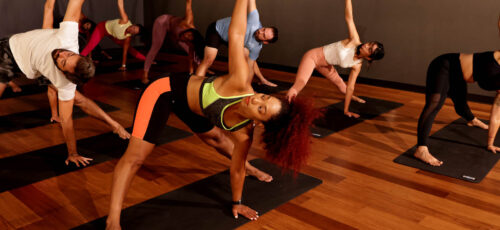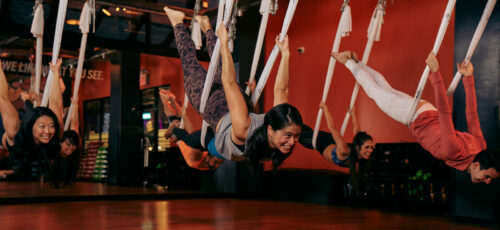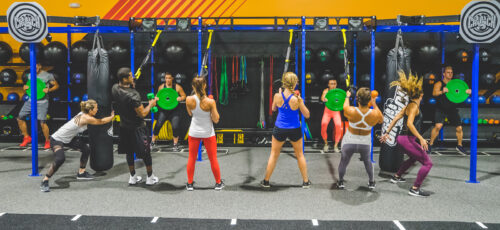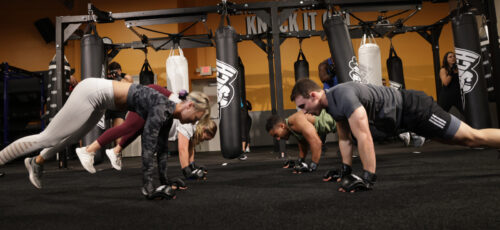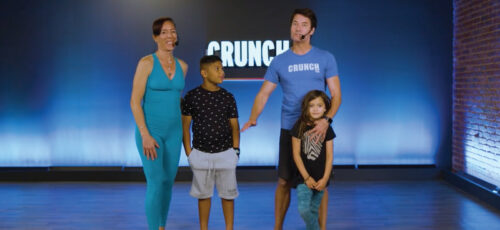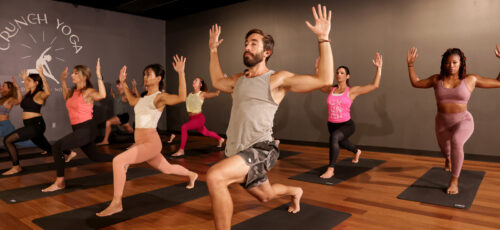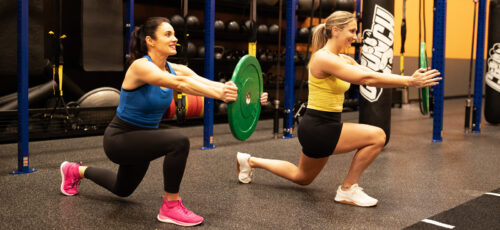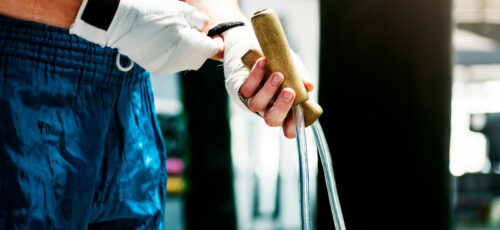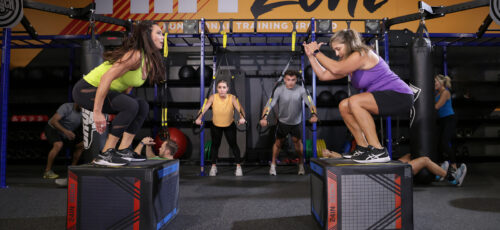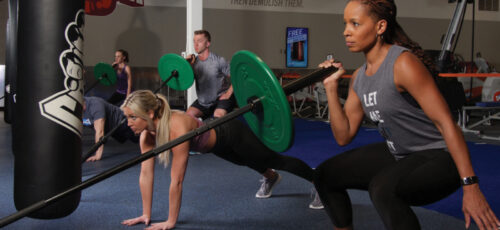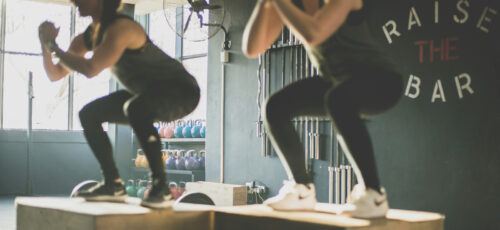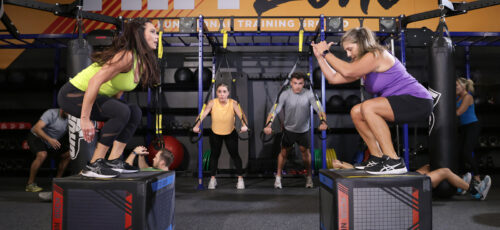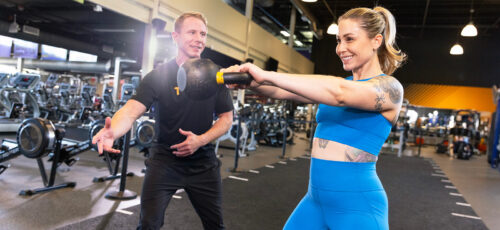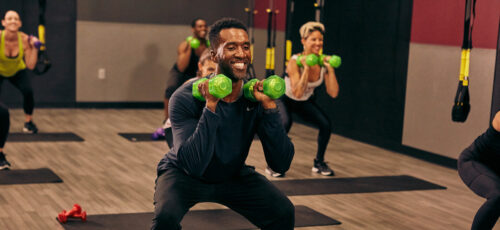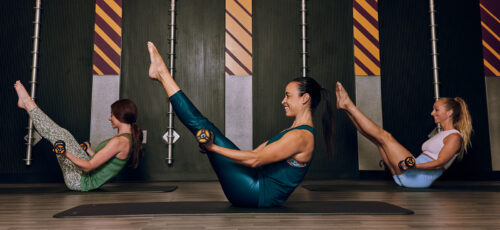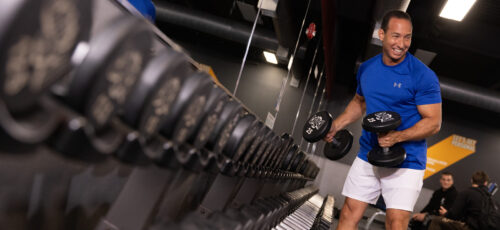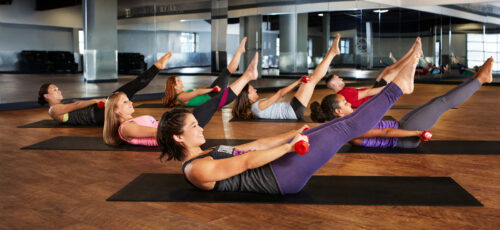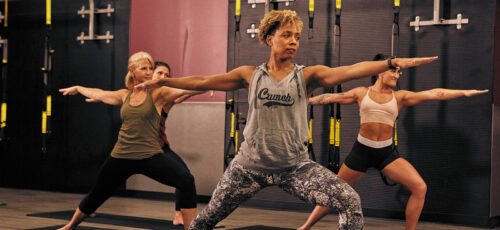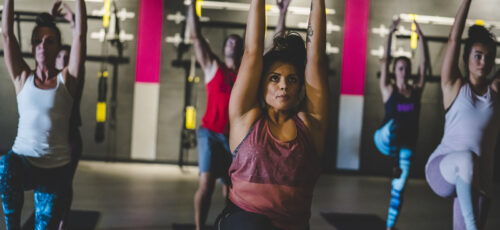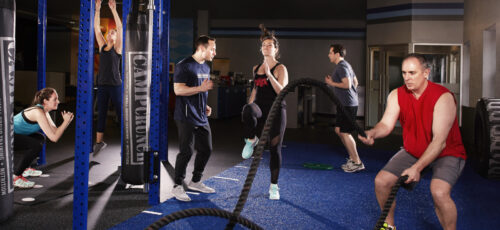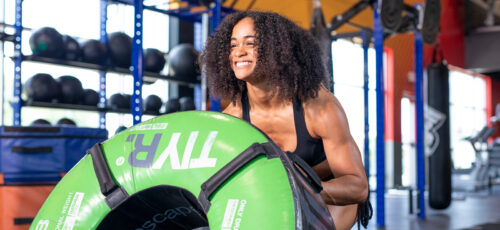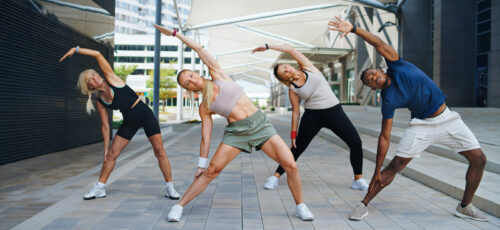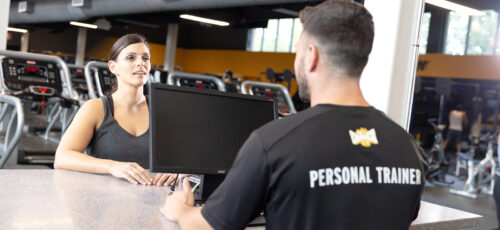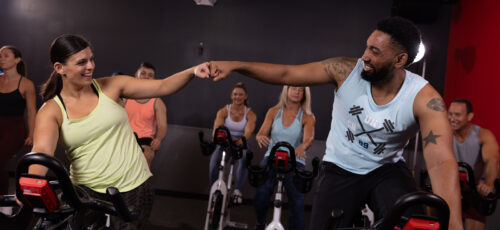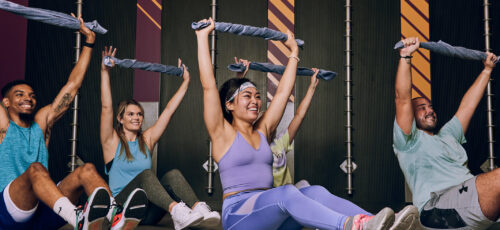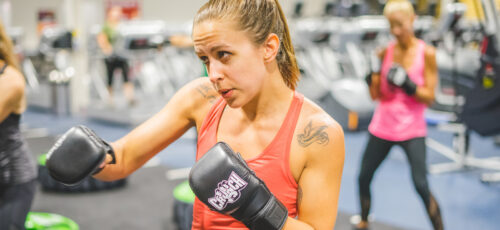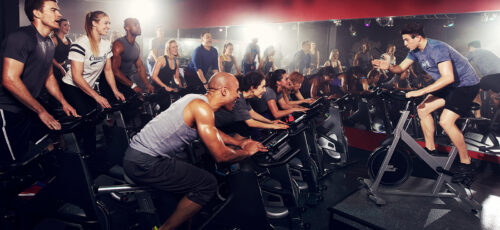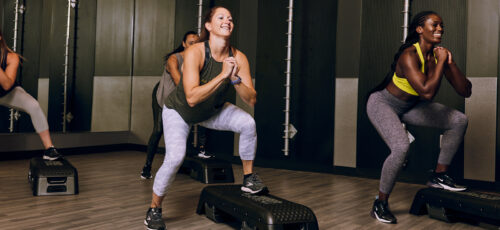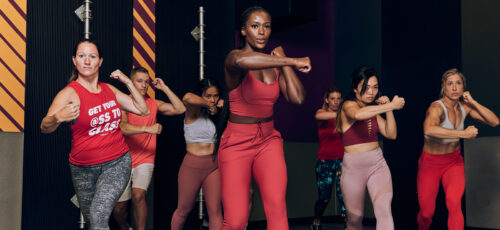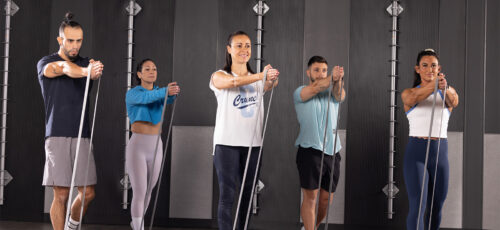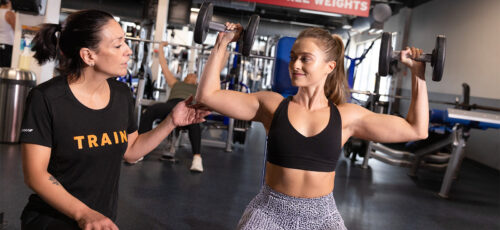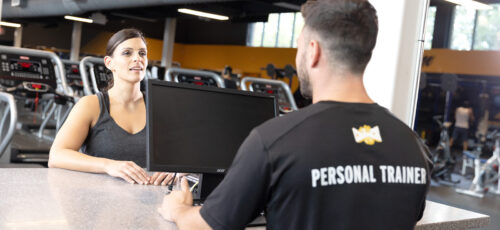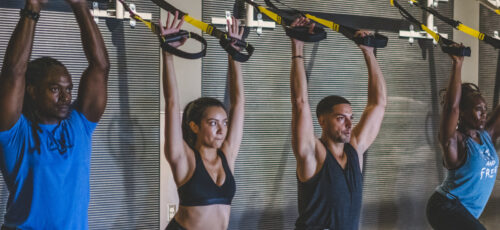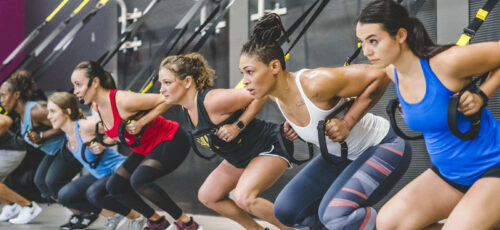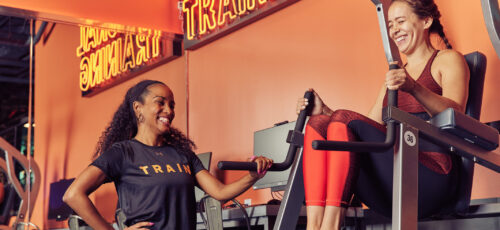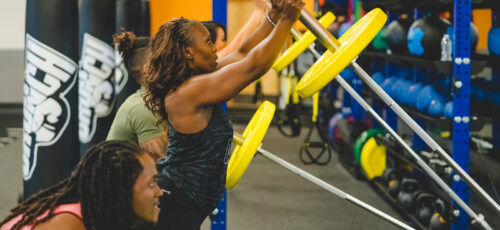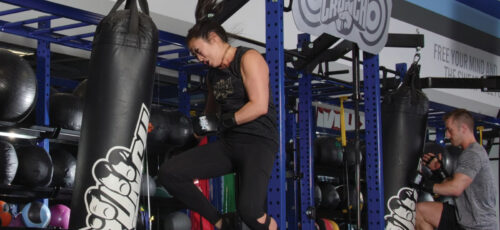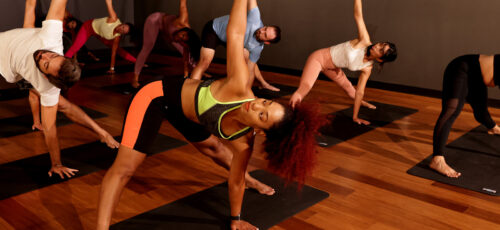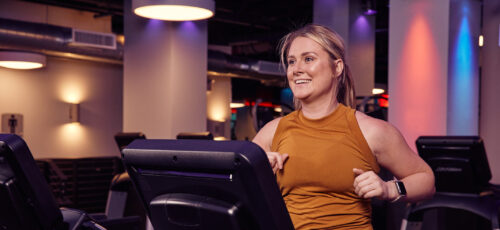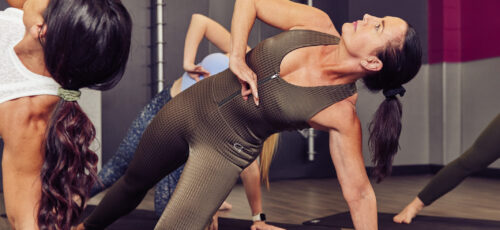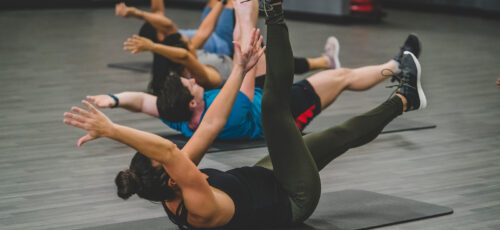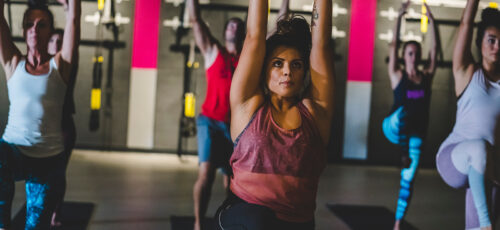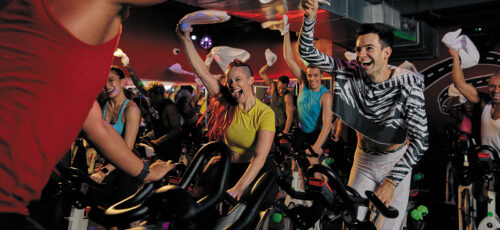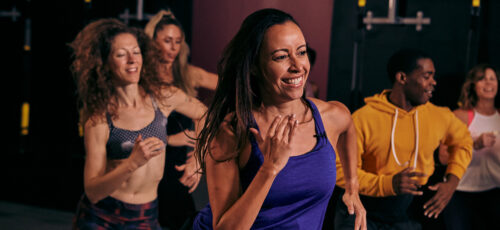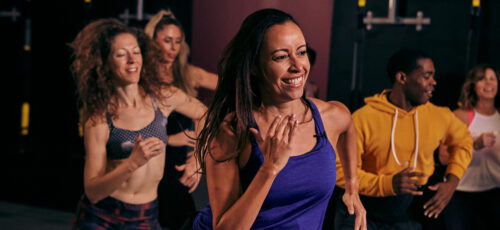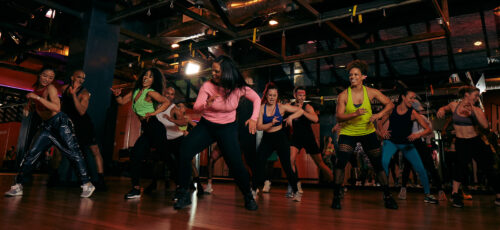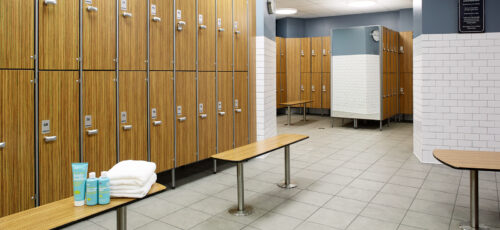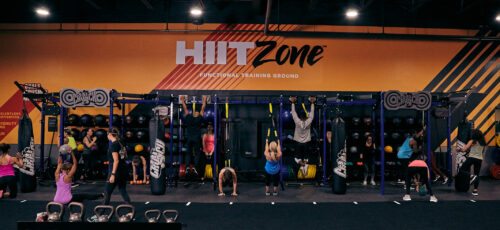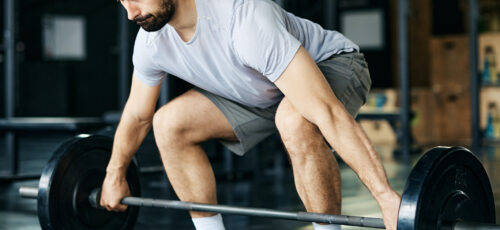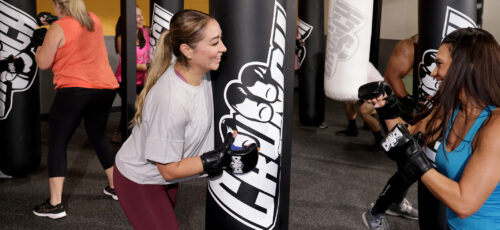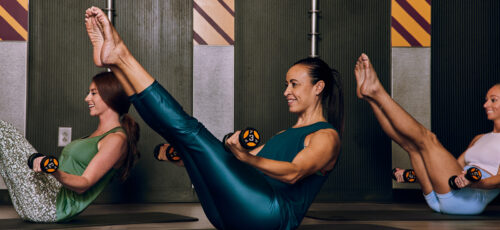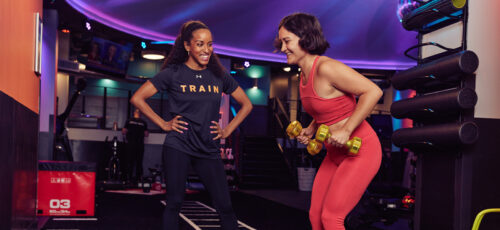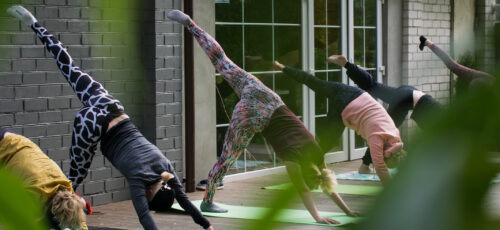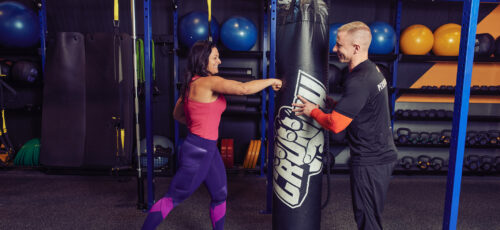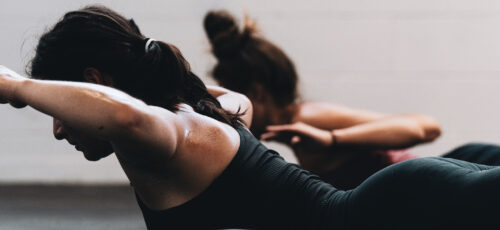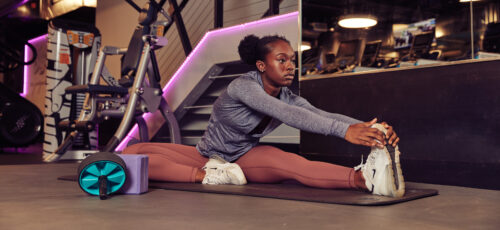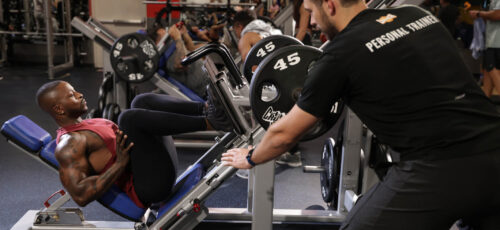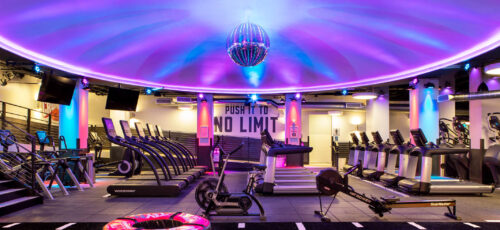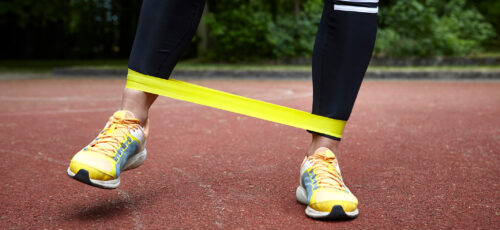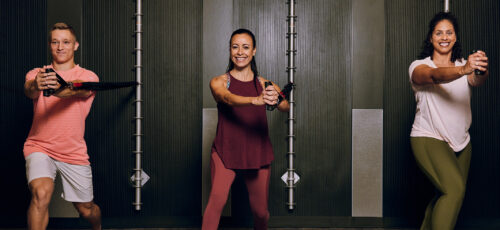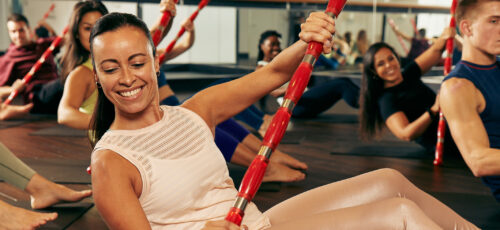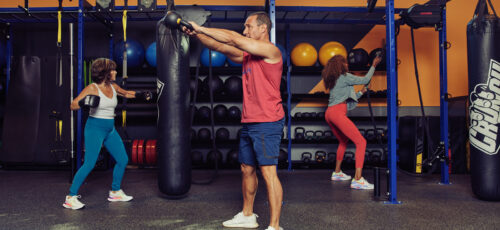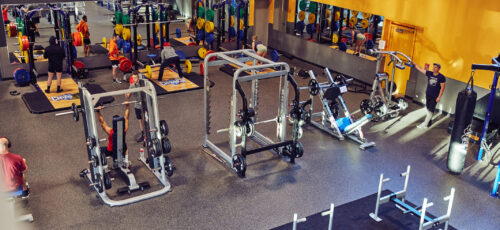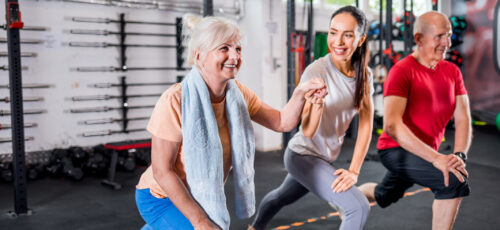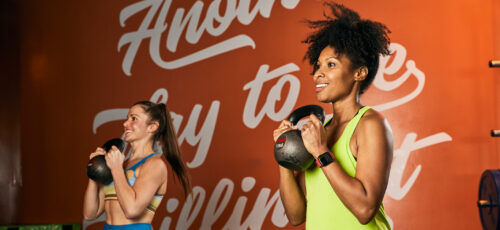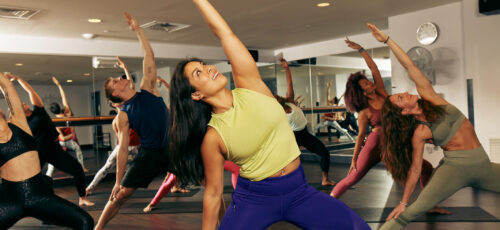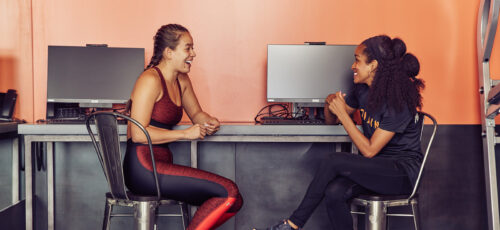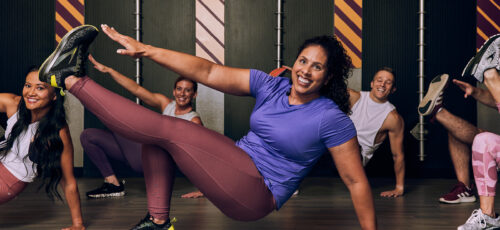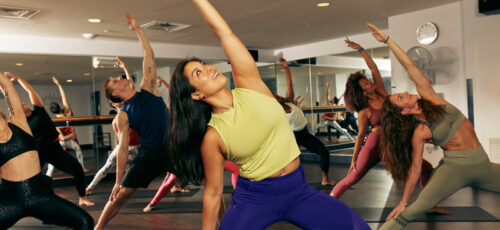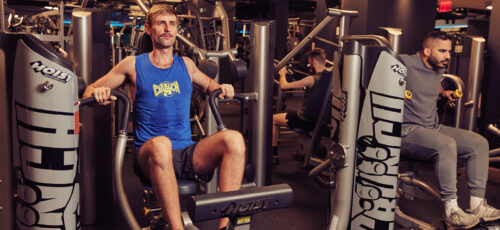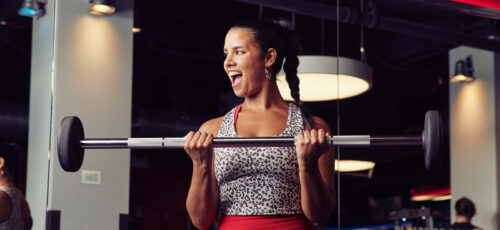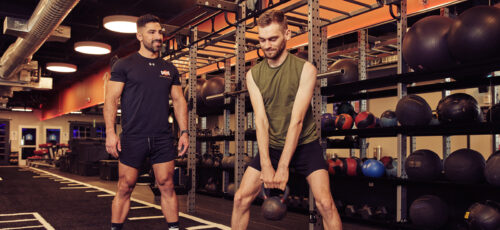
Is Pilates Strength Training?
If you think Pilates is just stretching with nice music in the background, think again. Pilates strength training is where mobility meets muscle and control builds power.
After a few sessions, you’ll feel muscles in your core, glutes, and legs that have been asleep since high school gym class.
Pilates uses your bodyweight as resistance, challenging you to stabilize, lift, and hold precise positions that target every inch of your torso, arms, and hips. And when props like resistance bands or reformers join the party, it’s game on for your entire core.
The result? Improved posture, better mobility, and a leaner, stronger body, without the joint strain or injury risk that sometimes comes with heavy weights or squats gone wrong.
Whether you’re looking to enhance women’s health, boost men’s health, or find a workout that leaves you feeling balanced and energized, Pilates delivers. It’s as much about mental health and focus as it is about building muscle mass and stability.
In this article, we’ll break it all down for you:
- Can You Build Muscle with Pilates?
- Benefits of Pilates for Muscle Development
- Pilates vs. Weight Training
- Building Strength with Pilates Exercises
Grab your mat, roll your shoulders back, and get ready to learn why Pilates might be the smartest way to get strong.
Can You Build Muscle with Pilates?
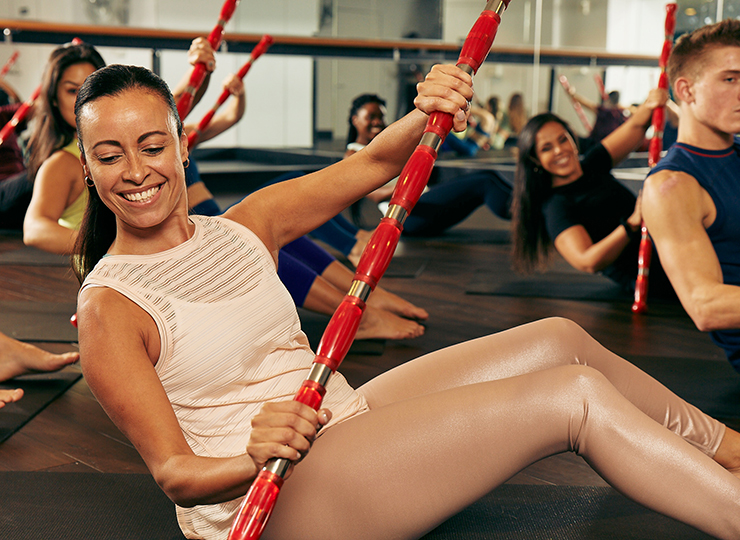
Absolutely, but let’s set the record straight. Pilates isn’t about turning you into the next Dwayne Johnson or Michelle Lewin overnight.
What Pilates strength training does is help you build strength, tone muscle, and improve mobility through control, precision, and resistance. Think of it as sculpting from the inside out rather than bulking from the outside in.
Here’s the thing: while Pilates exercises use your bodyweight instead of dumbbells or heavy squats, they still create plenty of tension, the good kind that makes your muscles shake halfway through a slow leg lift. Each movement activates your core, glutes, arms, and shoulders while teaching your body to move as one connected unit.
Research from the Journal of Strength and Conditioning even shows that consistent Pilates sessions improve muscular endurance and functional strength, especially when combined with proper nutrition and recovery.
A certified Pilates instructor will often tell you that the goal isn’t to max out your weight, it’s to master your form. That means nailing the starting position, keeping your posture aligned, and engaging your core through every rep.
Over time, this mindful approach helps you strengthen stabilizing muscles, which improves balance and reduces injury risk, something both men’s health and women’s health experts agree is key to long-term fitness.
If you’re chasing serious muscle mass, pairing Iron Mat Pilates or ReFORM Pilates (yes, that’s a thing) with resistance or weight training is your next level. But even on its own, Pilates is a strength challenge worth taking, one that leaves your abs, hips, and legs feeling longer, stronger, and surprisingly powerful.
So, ready to build strength without the burnout? Keep reading, the next section breaks down the true benefits of Pilates for muscle development and how to make your next mat workout count.
Pilates Moves: Benefits for Muscle Development
When it comes to sculpting lean muscle and building functional strength, Pilates has long been the quiet hero of the fitness world. It may not get you bulging biceps overnight, but it lays the foundation for a balanced, resilient body.
In fact, many elite athletes and trainers, from dancers to football players, incorporate Pilates strength training into their programs to improve mobility, stability, and control.
Now, let’s get this out of the way: Pilates alone won’t turn you into a muscle-mass machine. True hypertrophy, the scientific term for muscle growth, requires progressive overload, meaning you need to challenge your muscles with added resistance continually.
The National Academy of Sports Medicine defines hypertrophy as the enlargement of skeletal muscle fibers in response to higher levels of tension. Simply put, your muscle fibers tear and repair stronger and thicker, a process that happens when you keep increasing the load.
But here’s where Pilates still shines: it may not build bulk like heavy lifting, but it strengthens your foundation and supports that muscle-building journey in powerful ways. Let’s explain how.
1. Increased Muscle Strength
Pilates uses bodyweight resistance and tools like resistance bands, reformers, and rings to challenge your core, legs, glutes, and arms. Every movement, from a slow leg circle to a controlled plank, demands full-body engagement.
A 2018 study in the Journal of Strength and Conditioning Research found that regular Pilates practice significantly improved muscular strength and endurance in healthy adults. Over time, this consistent tension helps build strength in stabilizing muscles that often get ignored in traditional weight training.
Example: Holding a side plank with a controlled hip lift may not look as intense as bench pressing, but your shoulders, obliques, and glutes will quickly disagree.
2. Improved Muscular Endurance
Pilates workouts are designed around high control and repetition, not maximum load. That means your muscles are under tension for longer periods — a key factor in improving muscular endurance. This kind of stamina is especially useful for athletes and gymgoers who need to sustain effort over time.
Research shows that participants who practiced Pilates exercises three times per week for eight weeks saw improvements in muscular endurance and energy efficiency, in simple terms: your body learns to perform longer and recover faster, whether you’re lifting, running, or flowing through a Fat-Burning Pilates session.
3. Enhanced Flexibility and Mobility
One of the most noticeable benefits of Pilates is how it increases flexibility and range of motion without compromising joint stability. Through controlled movements and intentional stretching, Pilates helps lengthen tight muscles, especially around the hips, hamstrings, and shoulders.
A 2016 Complementary Therapies in Medicine study found that after just 10 weeks of Pilates, participants showed significant improvements in both flexibility and balance. This added mobility doesn’t just make your workouts smoother; it lowers your injury risk and allows for better form during strength-focused exercises like squats or deadlifts.
4. Better Posture and Balance
Pilates is built around alignment to support the spine and correct muscle imbalances. Many people notice improved posture and reduced back tension after just a few sessions. This translates directly into better performance during strength training, as proper alignment allows for more efficient power output and reduced strain on joints.
Imagine doing dumbbell presses or barbell squats with a stronger, more stable torso; that’s what Pilates does behind the scenes.
5. Body Awareness and Mind-Muscle Connection
The most underrated benefit of Pilates is how it rewires your mind-body connection. Every exercise requires deep focus — you must be aware of your breath, form, and how each muscle engages. This heightened awareness enhances coordination, improves movement patterns, and even boosts mental health by reducing stress.
A study published in Frontiers in Psychology showed that mindfulness-based exercises like Pilates can lower cortisol levels and improve mood regulation. That means fewer distractions, more energy, and better results both in and out of the gym.
Pilates vs. Weight Training
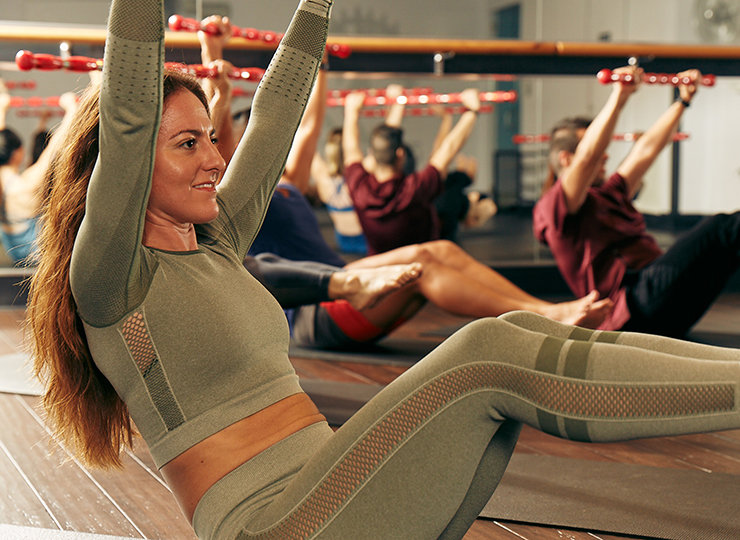
Pilates and weight training fall under the strength training umbrella; they just take different roads to get there. If weight training is the loud, iron-pumping sibling, Pilates is the quiet genius who focuses on form, control, and core strength. And honestly? Your body needs both.
Pilates uses your bodyweight (and sometimes small props like rings, bands, or reformers) to improve stability, mobility, and alignment. Each controlled movement targets your entire core, enhancing posture and balance while protecting your joints from strain.
A good Pilates instructor will guide you through slow, precise exercises that strengthen your muscles while improving proprioception; your body’s ability to sense its position in space. This awareness translates beautifully into the gym, helping you lift more efficiently and safely.
On the other hand, weight training is all about progressive overload — adding resistance through dumbbells, machines, or barbells to grow and maintain muscle mass.
This method is the gold standard for building hypertrophy (muscle growth) and preventing muscle loss as you age. It’s the go-to for those who want to increase power, build definition, and push their strength limits.
You don’t have to pick sides. When you combine both, you get the best of each world. Pilates builds the stability and control that enhance your form, while weight training delivers the strength challenge that increases mass and endurance. Together, they form a complete conditioning plan that supports your health, longevity, and confidence, in and out of the gym.

Step into the world of Pilates at Crunch Fitness and experience four unique classes designed to challenge your body and refresh your mind.
- ReFORM Pilates: Sculpt, tone, and strengthen your entire body using resistance and core-focused movements that improve posture and stability.
- Hot Pilates Mat: Turn up the heat! This class combines traditional mat Pilates with a warm environment to enhance flexibility and torch calories.
- Iron Mat Pilates: Add resistance and weights to classic Pilates moves for a strength-training twist that builds lean muscle and endurance.
- Fat-Burning Pilates: A fast-paced fusion of Pilates and cardio designed to boost your heart rate and melt fat while keeping form and control.
Strength Challenge with Pilates
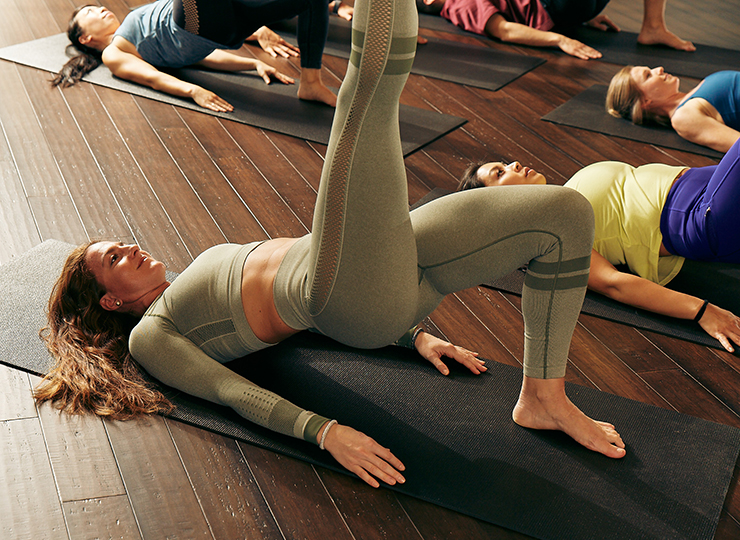
You don’t need heavy weights to get strong; just a mat, control, and the right Pilates exercises.
1) Toe Taps (Core control)
Start: Lie on your back, arms by your sides, neutral spine. Bring legs to the tabletop (knees over hips, shins parallel).
- Brace: Exhale to gently draw ribs down and zip up the lower abs (think “tight jeans”).
- Tap: Inhale; lower the right foot to tap the floor lightly; don’t arch your back.
- Return: Exhale; pull the knee back to the tabletop using your core, not momentum.
- Switch: Repeat on the left.
- Reps: 8–12 per side × 2–3 sets.
- Common mistakes: Knees drifting past hips, rib flare, neck tension.
- Make it easier: Keep your toes closer to you.
- Make it harder: Tap with a longer lever (extend the leg slightly) or add a mini ball under the sacrum.
2) Hip Bridges (Glutes + hamstrings)
Start: Lie on back, knees bent, feet hip-width, heels close to glutes; arms down, palms light.
- Set ribs & pelvis: Exhale; find neutral spine (no rib pop).
- Press feet: Inhale; feel big toe/heel contact.
- Lift: Exhale; drive through heels to lift hips one vertebra at a time until knees–hips–shoulders form a line.
- Hold: Inhale at top; squeeze glutes, keep ribs knitted.
- Lower slowly: Exhale; articulate the spine down from the upper back to the tailbone.
- Reps: 10–15 × 2–3 sets.
- Common mistakes: Pushing into the lower back, flaring ribs, and knees collapsing.
- Make it easier: Shorter range.
- Make it harder: Marching bridge (alternate heel lifts), place feet on a step, or add a light mini-band above knees for abductor activation.
- Coaching cue: “Drag the mat toward you with your heels”—you’ll light up the hamstrings.
3) Three-Dimensional Breathing (Core + posture)
Start: Supine, side-lying, or tall-kneeling; hands around lower ribs.
- Inhale (360°): Expand ribs sideways, back, and slightly forward, like an umbrella opening. Keep shoulders relaxed.
- Exhale (wrap): Ribs draw in/down; gently engage pelvic floor, then deep abs (TA).
- Link to movement: Breathe in to prepare, out on exertion (the “hard” part), maintaining rib-to-pelvis connection.
- Reps: 5–8 slow cycles before sets, then keep pattern during exercises.
- Common mistakes: Shoulder shrugging, chest-only breathing, breath-holding.
- Drill: Side-lying “posterior rib” breaths, feel back ribs press into the floor on inhale.
Quick programming tips
- Tempo: Slow and controlled (2–3 sec lower/raise).
- Order: Breath → Toe Taps → Bridges.
- Frequency: 2–4 sessions/week as a warm-up or finisher.
- Goal: Stable pelvis/spine + smooth breath = stronger, safer lifts everywhere else.
Join Us!
Crunch promotes a culture of positivity, inclusivity, and fun with no judgments by providing an environment for all individuals regardless of their health and fitness goals. Find a Crunch gym near you to try our free trial membership, or join Crunch now. We’re here for you – at the gym or at home. Access the best live & on-demand workouts anytime, anywhere with Crunch+. Ready to get sweaty? Try hundreds of workouts for free! Start your free trial now!
FAQ’s
What is the 3-2-1 Pilates Strength Method?
The 3-2-1 Pilates Strength Method means doing 3 strength workouts, 2 Pilates sessions, and 1 active recovery day per week. This balance helps build muscle strength, improve mobility, and reduce injury risk. It’s a smart way to combine resistance training with flexibility and core conditioning.
Can You Do Strength Training and Pilates Together?
Yes! Pilates and strength training complement each other perfectly. Pilates improves core stability, posture, and control, making your lifts safer and more effective. Try low-intensityPilates on recovery days to enhance muscle balance and performance.
Should I Bother Doing Pilates If I’m Looking to Build Strength?
Definitely, while Pilates won’t bulk you up like heavy lifting, it builds deep, functional strength and supports your body. It’s ideal for developing stability, coordination, and endurance, the foundation of true strength.
Do I Need Equipment to Build Strength with Pilates?
No. You can build plenty of strength using just your bodyweight and a mat. However, adding tools like reformers, resistance bands, or rings can increase resistance and help you progress faster.
Can You Do Pilates and Weight Lifting/Training?
Absolutely! Many athletes mix the two for optimal results. Weight training increases muscle mass, while Pilates enhances mobility and form, helping prevent injuries. Think of it as the perfect partnership between strength and control.
What Is the 10/20/30 Rule in Pilates?
The 10/20/30 rule, popularized by Joseph Pilates, says: after 10 sessions, you’ll feel the difference; after 20, you’ll see the difference; and after 30, you’ll have a new body: stronger, more aligned, and full of energy.
How Often and How Long Should I Do Pilates for Strength?
For the best results, aim for 2–3 Pilates sessions per week, each lasting 45–60 minutes. This frequency allows your muscles to adapt, recover, and grow stronger without overtraining. Beginners can start with shorter, 30-minute sessions and gradually increase duration as endurance improves.
Pairing Pilates with regular strength or cardio workouts (following the 3-2-1 method) creates a balanced routine that builds strength, flexibility, and total-body control.









